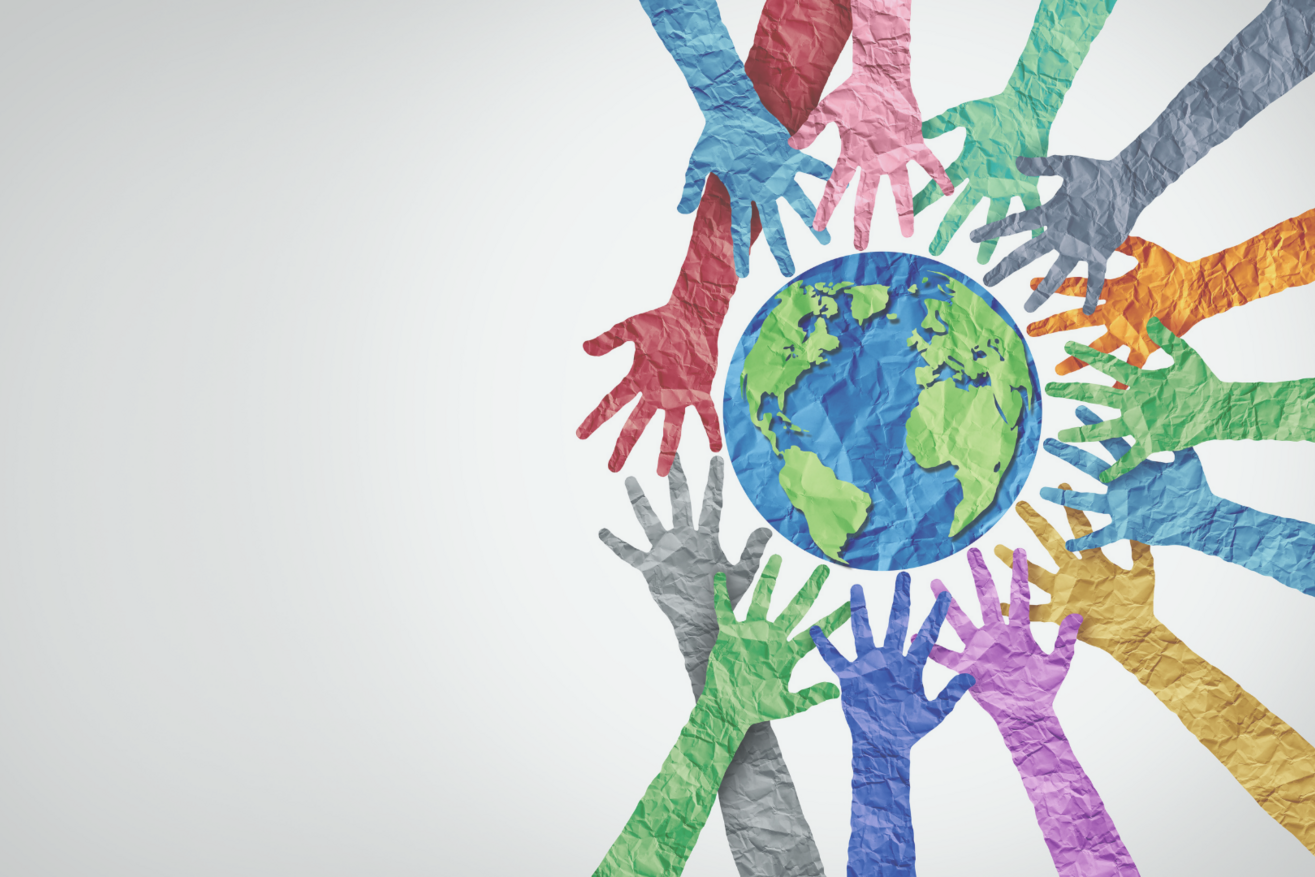Exploring Unconscious Bias

Unconscious bias, also known as implicit bias, can impact anyone. Humans are thought to consciously process 40 pieces of information per second and 11 million pieces of information subconsciously, leading our brains to create mental shortcuts based on our backgrounds, experiences, cultures, values, norms and the environment in which we operate. It is these attitudes, stereotypes and pre-conceived ideas that impact our actions, views, and decision-making, with our brains being liable to make “snap-decisions” when processing the vast quantities of information, which can at times be poorly informed and subject to unconscious bias.
Unconscious bias can cause a range of adverse consequences, ranging from negative impacts on workplace decisions, influencing hiring processes, influencing workplace relationships as well as leading to a lack of workplace diversity and opening the risk for discriminating against others.
By becoming more aware of our thought process and decision making we can start to identify areas of unconscious bias and minimise theses. Slowing down decision-making could help lower the risk of making assumptions, relying on “gut” instinct or jumping to conclusions.
We have noted down below some forms of common unconscious biases that can impact the workplace. Becoming more aware of what these are can help in identifying them.
Please note - there are several other forms of bias which can negatively impact workplace culture and relations. We would love to hear more about your thoughts on the below, and any others that you may have experienced.
Ageism Bias:
Ageism in the workplace can impact all ages, from the younger generations feeling judged for lacking experience, older generations feeling career changes are harder in later life and others at “child-bearing age” feeling career progression may be hindered.
Try looking at the individual’s skills, experience, drive, motivation and not their age. Also work to avoid age-based assumptions – provide equal learning opportunities or encourage cross-generational learning or mentoring programmes.
Be conscious of language – “energetic”, “upbeat” and “tech-savvy” could indicate youthful qualities, whereas “experienced”, “dependable” or “reliable” could indicate increased age.
Affinity Bias:
Affinity bias, also called “similarity bias”, occurs when we align ourselves more with those, we share similarities with – this could refer to similar interests, experiences, age, ethnicity, or gender. Avoiding affinity bias in the workplace helps build diverse teams.
Try using a standard process when reviewing and assessing others and their work – this will also slow down decision-making as we consciously ensure processes are followed – enabling more deliberate thought and actions.
Thinking broader than workplace “culture fit” – perhaps consider “culture add” instead and aim to avoid conformity bias and group think.
Attribution Bias:
Also referred to as “Fundamental Attribution Error”, this is when we attempt to evaluate or understand why another person behaves the way that they do, based on prior observations and interactions you have had with this person. It can relate to us making attributions or assumptions about certain people based on their actions.
This is harmful in a work environment as it can promote belittling others by downplaying their accomplishments and inflating their mistakes and can lead people to misjudge or falsely assume things about another person without looking at the actual reasons behind the actions.
Beauty and Weight Bias:
Beauty bias is where we judge others either favourably or unfavourably based on how attractive we find them – this can affect all employees and can reinforce or trigger cultural, racial, and gender biases too. Similar to this is weight bias where people can be judged based on their weight.
Confirmation Bias:
This refers to focusing on factors to confirm pre-conceived perceptions – ignoring contradictory information and evidence, to justify our views. This can link into perception bias, where individuals may be regarded based on these pre-conceived, simplistic, and often incorrect stereotypes or assumptions, and ignoring facts and truths – risking discrimination and a lack of workplace diversity.
Following skills-based assessments/questions or using standardised processes in hiring decisions could help combat confirmation bias. Seek a variety of perceptions and consider multiple sources to balance perspectives.
Conformity Bias:
When navigating situations, rather than using our own judgments, humans can be prone to take cues from those around them. This risks “group think” and can hinder progression within the workplace. Look to create and promote a culture of psychological safety in the team where people feel comfortable expressing their feelings and giving honest feedback.
Gender Bias:
Gender bias, or sexism, is one the most observed and discussed forms of workplace bias – it can impact hiring decisions, create stereotypes surrounding gender roles, potentially stifle career advancements and impact workplace culture and relationships.
Defining candidate skills profiles when hiring or setting project deliverables could help minimise gender bias, if individuals and their work is assessed for skills, accomplishments, drive or motivation – not their gender. Setting gender diversity goals and providing the resources for women to take leadership roles could also help.
Be conscious of language – male gendered words can include Build, Lead, Decisive, Self-reliant, Confident, Gravitas and Autonomous. Whereas female gendered words can include Supportive, Responsibility, Co-operation, Connecting, Creative, Collective and Empathy.
The Halo Effect and The Horns Effect:
Halo Effects refers to placing another person on a pedestal following learning something positive or impressive about them. This could be referring to a team member in a more favourable light if they have worked for a prestigious company, it can blind us when regarding others.
Contrasting to this is the horns effect, where we can view another person negatively after learning something unpleasant or negative about them. This could be judging someone who supports a different sports team, or previously working for a competitor.
Illness:
This is the assumption that injury, illness, recovery and disability could impact someone’s ability. Everyone will know their own capabilities, and this should be discussed on an individual basis.
Also be mindful that not all illnesses/disabilities are obvious – fatigue can form a large part of many illnesses, and many mental health conditions will not be visible. Promote an inclusive and supportive culture that tailors its support to the needs of employees.
Microaggressions:
These are discriminatory statements or behaviours that are often subtle, thinly veiled comments about a person’s immutable traits, such as race, gender, gender identity, sexual orientation and disability. These comments can be intentional or unintentional and can be ambiguous or unnoticeable to others except the person they are directed at, they can also cause psychological dilemmas for the receiver who could be left questioning if the issue is worth raising or if they are being too sensitive/taking things out of context. If left unchecked, they can leave the individual feeling marginalised and uncomfortable.
Examples can include asking a colleague from an ethnic minority background where they are from, continually misusing pronouns, repeatedly interrupting someone, assuming a colleague from a certain group (gender/race/age/religion/disability) will represent all members or asking a female/junior colleague to take meeting minutes.
Name Bias:
Similar to affinity bias, name bias refers to prejudging another person based solely on their name. A name can give unconscious hints to a person’s race, gender, culture, upbringing and even their age. This type of bias can lead to those with similar sounding or more common names may be treated preferably. This form of bias also coincides with cultural or race discrimination and can risk disadvantaging ethnic minority members or those whose names differ from the wider group, as well as potentially resulting in a lack of workplace diversity.
For more information, please contact Zoe Spalding.






